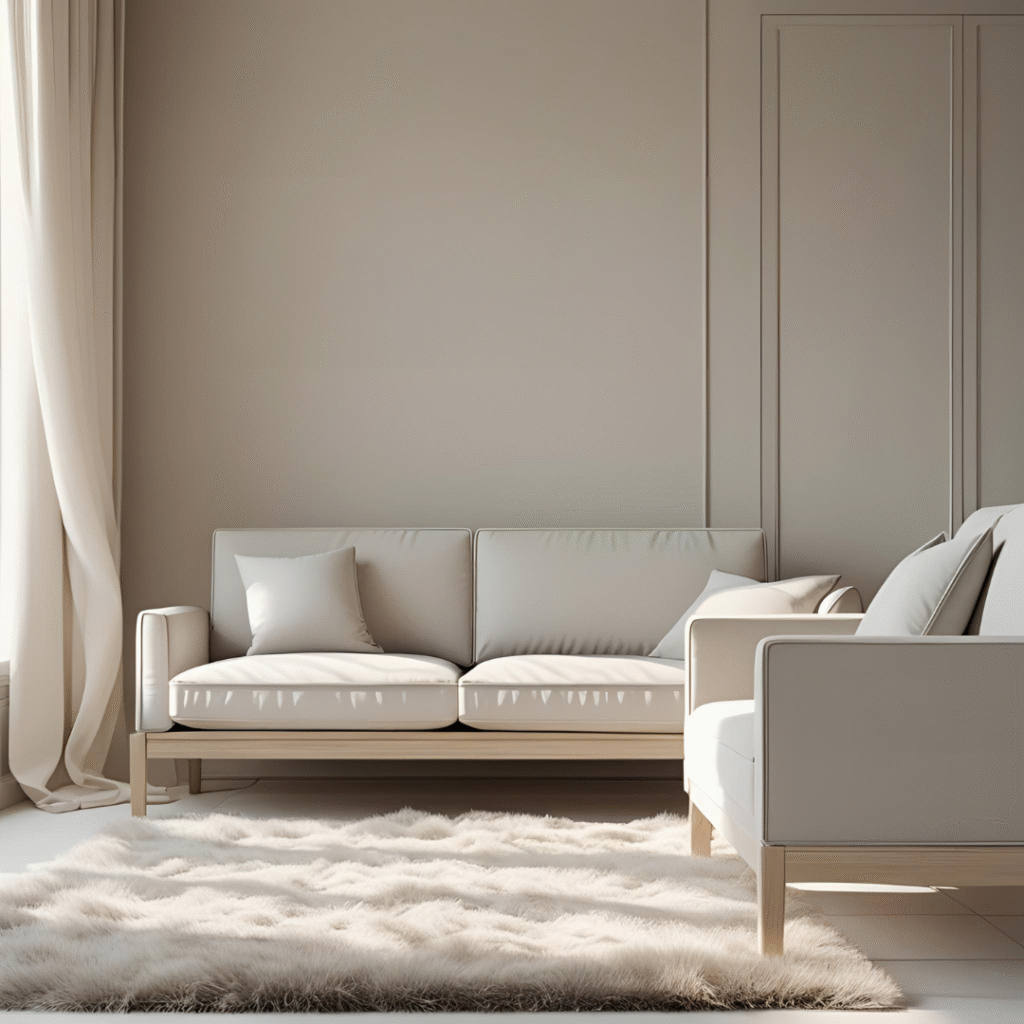
In a world that constantly demands more—more work, more possessions, more commitments—minimalist living offers a refreshing alternative. It’s not just about cleaning your closet or tossing out unused items; it’s a lifestyle that promotes clarity, intention, and peace. If you’re feeling overwhelmed by clutter—both physical and mental—minimalism may be the answer. In this guide, we’ll explore how to embrace minimalist living and declutter your life and mind in a meaningful, lasting way.
What is Minimalist Living?
Minimalist living is the intentional promotion of the things we value most by removing everything that distracts us from them. It’s not about living with nothing—it’s about living with only what truly matters. Minimalism encourages simplicity, mindfulness, and purpose in all areas of life.
Whether it’s your home, your schedule, or your thoughts, adopting a minimalist mindset helps strip away excess and make space for clarity, calm, and creativity.
Why Decluttering Matters
1. Reduces Stress and Anxiety
Clutter can be mentally exhausting. Studies show that a messy environment can increase cortisol levels (the stress hormone). When your physical space is disorganized, your mind often mirrors that chaos.
2. Boosts Productivity
Fewer distractions mean greater focus. When your space and mind are clutter-free, you’re more likely to concentrate, make better decisions, and complete tasks efficiently.
3. Saves Time and Money
Owning fewer things means less cleaning, less maintenance, and less shopping. Minimalism encourages intentional buying, which leads to significant savings over time.
How to Declutter Your Physical Space
1. Start Small and Go Room by Room
Don’t overwhelm yourself by trying to do everything at once. Start with a drawer, a shelf, or one room. Use the Four-Box Method:
- Keep
- Donate
- Trash
- Relocate
This method provides structure and makes decision-making easier.
2. Ask the Right Questions
When deciding whether to keep something, ask yourself:
- Have I used this in the past year?
- Does it bring me joy or serve a purpose?
- Would I buy this again today?
If the answer is no, it’s probably time to let it go.
3. Digitize When Possible
Old documents, photos, and even sentimental notes can take up space. Scan and store them digitally to preserve memories without the mess.
4. One In, One Out Rule
For every new item you bring into your home, let go of one. This habit prevents future clutter and encourages mindful purchasing.
Decluttering Your Mind: The Mental Minimalism Approach
Minimalism isn’t just about your environment—it also involves mental clarity. A cluttered mind is filled with distractions, worries, and noise. Here’s how to declutter mentally:
1. Limit Information Overload
Reduce the time spent scrolling on social media, checking the news, or consuming content that doesn’t serve you. Curate your digital space just as you would your physical one.
2. Practice Daily Journaling
Writing your thoughts daily helps clear mental clutter. It’s like taking your thoughts out of your head and organizing them on paper. Try writing:
- A gratitude list
- Things to let go
- Priorities for the day
3. Meditate or Practice Mindfulness
Even 5–10 minutes a day can help calm your mind. Apps like Headspace or Calm make meditation simple and accessible. You’ll learn to observe your thoughts instead of being controlled by them.
4. Prioritize Your Time
Say “no” to things that don’t align with your values or goals. Simplify your calendar by only keeping essential appointments and meaningful commitments.
Minimalist Habits to Maintain the Lifestyle
Adopting minimalist living is a process, not a one-time project. These habits will help you maintain a clutter-free life and mind:
✅ Weekly Declutter Sessions
Take 15–30 minutes once a week to tidy up and review what’s still needed.
✅ Mindful Consumption
Before purchasing anything, pause and consider: Is this a need or a want? Will it add value to my life?
✅ Simplify Your Digital Life
Unsubscribe from unnecessary emails, delete unused apps, and keep your desktop clean. Digital clutter can be just as stressful as physical clutter.
✅ Cultivate Contentment
Minimalism teaches you to be grateful for what you already have. Practice contentment by focusing on experiences rather than things.
Common Myths About Minimalism
❌ Minimalism is only for single people or minimalists with no kids.
Truth: Minimalism is flexible and can be adapted for families, busy professionals, and people of all lifestyles.
❌ You have to live in a white room with no furniture.
Truth: Minimalism doesn’t mean cold or empty. It’s about intentional living, and that can look different for everyone.
❌ It’s about owning the least amount possible.
Truth: It’s not about scarcity; it’s about intentionality. You can still have what you love—just not everything.
Final Thoughts: The Joy of Less
Minimalist living isn’t about deprivation—it’s about liberation. When you let go of what no longer serves you, you make room for the things that truly matter: peace, purpose, and presence. Decluttering your life and mind is one of the most empowering steps you can take toward personal freedom.


